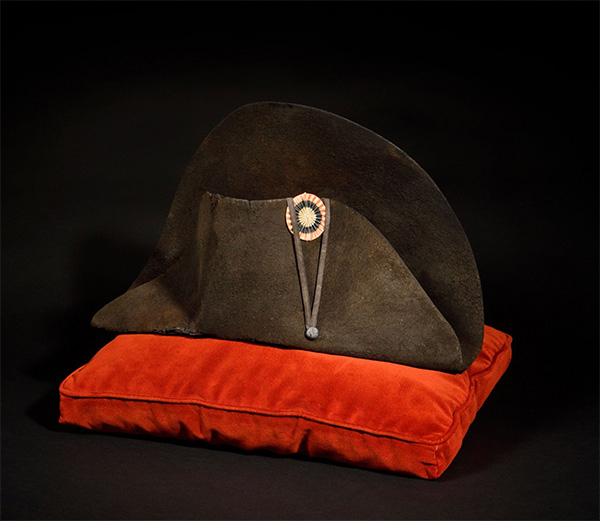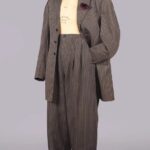Napoleon’s Hat Fetches $2.1 Million at French Auction.
From the styles he inspired during his life to the commemorative items made after his death, Napoleon Bonaparte has made his mark on the collecting world. One collector recently seized the ultimate piece of memorabilia, buying one of Napoleon’s hats at auction.





